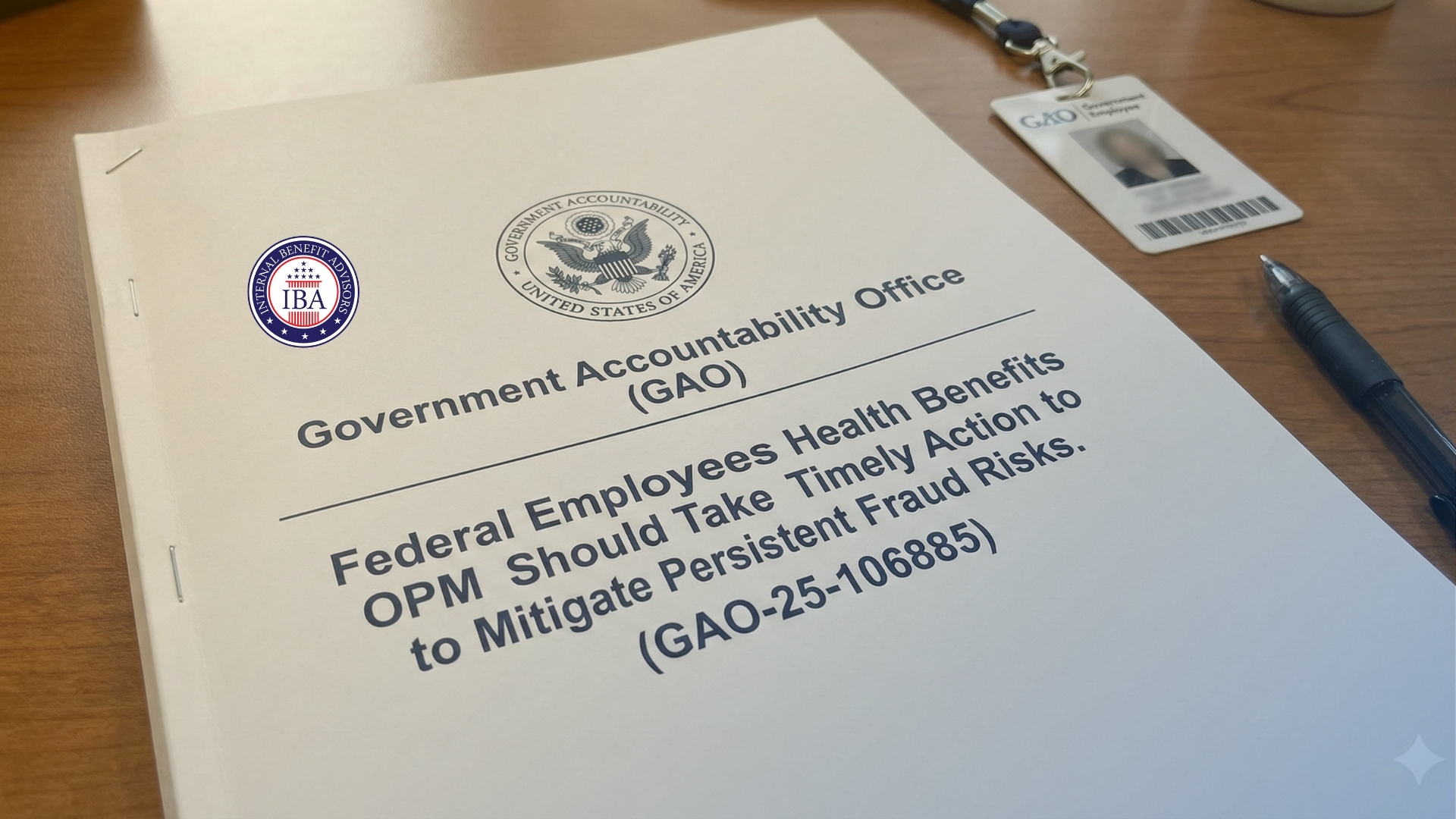In a significant development, the Social Security Administration (SSA) has recently updated its guidelines, making it easier for individuals to qualify for disability benefits. This change has far-reaching implications, particularly for federal employees who are navigating the complexities of retirement planning. As these individuals consider their financial futures, the integration of SSA disability benefits with other federal employee benefits such as the Thrift Savings Plan (TSP), Federal Employee Group Life Insurance (FEGLI), and various retirement saving strategies becomes crucial. This blog post explores these interactions and provides insights to help federal employees make informed decisions about their retirement.
Understanding the New SSA Rules
The SSA has revised its criteria for qualifying for disability benefits, effectively lowering the threshold that applicants must meet. This move is designed to provide broader access to benefits for those with disabilities, reflecting a more inclusive approach to social security. For federal employees, this change is particularly relevant, as it may influence decisions related to retirement timing, benefit claims, and overall financial planning.
These new rules could be a game-changer for federal employees, especially those who are nearing retirement or considering early retirement due to health challenges. Understanding these changes is essential for integrating them into a comprehensive retirement strategy.
Impact on Federal Retirement Planning
Retirement planning for federal employees is already a complex process, involving multiple components such as FERS (Federal Employees Retirement System), CSRS (Civil Service Retirement System), TSP, and other benefits. The new SSA rules add another layer of consideration. Federal employees must now weigh the benefits of claiming disability against the potential impact on their retirement plans.
For example, qualifying for SSA disability benefits might encourage some employees to retire earlier than initially planned. However, this decision should not be made lightly. Retiring early could affect the total benefits received under FERS or CSRS, and it is important to evaluate how these systems interact with SSA disability benefits.
Moreover, for those who continue working despite qualifying for disability, understanding how these benefits interact with ongoing federal employment and retirement savings is crucial. This integration requires careful planning to ensure that the overall retirement strategy remains robust and sustainable.
Thrift Savings Plan (TSP) and Disability Benefits
The Thrift Savings Plan (TSP) is a cornerstone of retirement savings for federal employees. The new SSA disability rules may influence how employees approach their TSP contributions and withdrawals. For instance, those who qualify for disability benefits may face reduced income, affecting their ability to contribute to their TSP at previous levels.
It is important for employees in this situation to explore their options. One possibility is continuing contributions at a reduced rate, ensuring that their TSP account continues to grow, albeit more slowly. Another option might be taking a loan against the TSP or making withdrawals to cover immediate expenses. However, these decisions should be made with caution, considering the long-term impact on retirement savings.
Employees should also consider the tax implications of these actions, particularly if they have a Roth TSP. The tax-free growth of Roth TSP contributions could be advantageous, especially if disability benefits result in a lower income tax bracket.
Federal Employee Group Life Insurance (FEGLI) Considerations
For federal employees considering early retirement due to disability, it is essential to reassess their life insurance needs. The Federal Employee Group Life Insurance (FEGLI) program provides valuable coverage, but the new SSA rules could change the calculus for those approaching retirement.
If you qualify for SSA disability benefits and are considering retirement, your life insurance needs may change. For instance, you may no longer need as much coverage if your income is reduced. Alternatively, you may decide to maintain or even increase coverage to ensure that your dependents are adequately protected in case of unforeseen circumstances.
It is also important to consider how FEGLI coverage integrates with other life insurance policies you may have. Coordination between these policies can help you avoid over-insurance or under-insurance, ensuring that your coverage aligns with your overall financial and retirement goals.
Annuities and Retirement Saving Strategies
Annuities are a popular option for federal employees looking to secure a steady income stream during retirement. The new SSA disability rules may necessitate a reevaluation of annuity strategies, particularly for those considering early retirement.
For instance, if you qualify for disability benefits and are planning to retire early, you might consider purchasing an annuity that begins payouts earlier than initially planned. This strategy could provide a reliable income stream to supplement reduced retirement savings.
Alternatively, those who continue working despite qualifying for disability benefits might choose to delay annuity purchases, allowing their retirement savings to grow further. This approach could lead to larger annuity payouts in the future, providing greater financial security during retirement.
It is also important to consider how annuities fit into your overall retirement plan, particularly in conjunction with other savings vehicles such as the TSP and Roth IRA. Coordinating these strategies can help you maximize your retirement income while minimizing risks.
Conclusion
The SSA’s decision to lower the bar for disability benefits presents both opportunities and challenges for federal employees. By understanding how these changes interact with your existing retirement plans, including the Thrift Savings Plan (TSP), Roth IRA, FEGLI, and annuities, you can make informed decisions that support your long-term financial well-being. The key is to stay informed, assess your options carefully, and consult with financial experts as needed. With the right approach, you can navigate these changes effectively and ensure a secure retirement.
References:
- “SSA Lowers Bar for Claiming Disability Benefits” (Fedweek)
- Federal Employee Benefits and Retirement Planning Guides
Link to Source: For more detailed information, visit the original article here.




